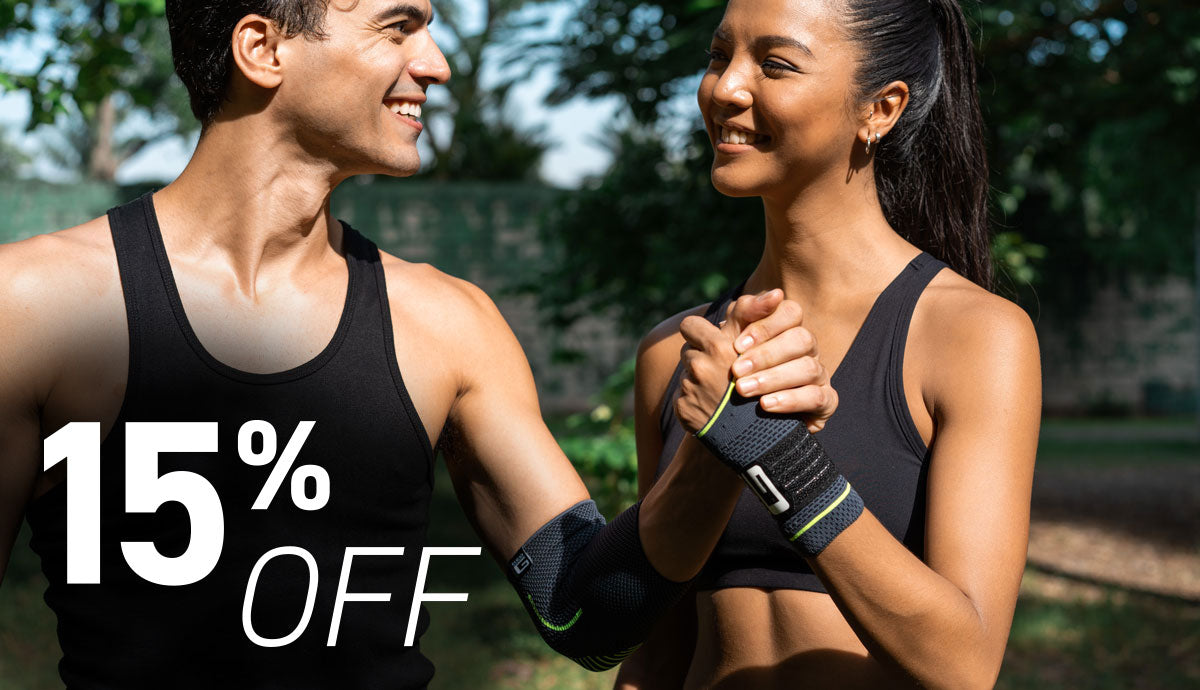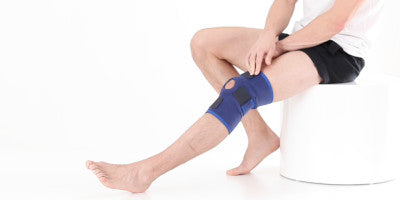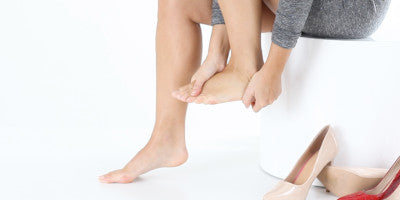Five Holiday Healing Tips

As the holiday season approaches, individuals recovering from injury often face the challenge of maintaining their progress amidst the festive atmosphere. Navigating the delicate balance between social engagement and personal well-being becomes crucial during this time. With a pragmatic approach, you can sustain your recovery journey. There are practical methods for staying on course that you can follow. Treat the holiday period as a strategic opportunity for recharging, resetting, and leveraging the unique dynamics of the season to bolster one's commitment to long-term well-being.
Prioritize Self-Care Amidst Social Engagements
Adhering to an exercise or physiotherapy regimen prescribed by a GP or physiotherapist over the Christmas period is paramount for sustaining and enhancing your physical well-being and should be your primary method of self-care. The consistency of your routine during a hectic social calendar plays a pivotal role in managing and improving health conditions.
During the festive season, social events can become overwhelming. Prioritise self-care by scheduling time for rest and recovery. Ensure you have a balance between social activities and moments of solitude to allow your body and mind the necessary recuperation. Communicate your needs to friends and family, establishing boundaries that support your recovery journey.
Mindful Nutrition and Hydration
Festive gatherings often feature an abundance of indulgent foods and drinks. Maintain a focus on mindful nutrition and hydration to support your body's healing process. Consider utrient-dense options, stay hydrated, and be mindful of any dietary restrictions or recommendations from healthcare professionals. Striking a balance between enjoying holiday treats and adhering to your recovery plan is essential.
The colour wheel is a quick and easy method to ensure a balanced and nutritionally valuable diet. By incorporating a variety of naturally colourful fruits and vegetables into your meals, you automatically introduce a spectrum of essential vitamins, minerals, and antioxidants. Different colours often signify distinct nutrient profiles; for instance, vibrant greens indicate the presence of folate and vitamin K, while red and orange hues suggest high levels of beta-carotene and vitamin C. This visual approach simplifies the process of diversifying your food intake, promoting a well-rounded and nutrient-rich diet without the need for extensive nutritional analysis.
Adapt Activities to Your Recovery Level
Participate in holiday activities that align with your current recovery level. Modify traditional activities or find alternative ways to engage in the festive spirit without compromising your well-being. Whether it's opting for low-impact exercises, enjoying seated activities, or incorporating adaptive equipment, tailor your holiday experiences to accommodate your recovery needs. Clear communication is key during the holiday season. Share your recovery goals and limitations with those around you, including friends and family. By setting realistic expectations and educating others about your needs, you create a supportive environment that fosters understanding and empathy. This open dialogue helps manage potential stressors and ensures a more conducive atmosphere for healing.
Plan Restful Interludes
Integrate intentional rest breaks into your holiday schedule. Whether it's a short nap, moments of mindfulness, or quiet time to decompress, these interludes are crucial for sustaining your recovery journey. Recognize signs of fatigue or discomfort and be proactive in addressing them. A well-planned balance of activity and rest will contribute to a more enjoyable and health-focused holiday season.
Allocate a brief two-minute window in your holiday routine for a focused breathing exercise. Inhale deeply for 30 seconds, followed by a controlled exhale for another 30 seconds. Repeat this pattern, concentrating on your breath to enhance mindfulness and self-awareness. This simple yet effective practice can be seamlessly incorporated into your busy schedule, providing a quick and valuable reset during the festive season.
Wear a support if needed
If your recovery journey involves the use of supportive devices or braces, don't hesitate to wear them, according to advice you’ve received from your GP or Physiotherapist, during festive activities. Whether it's a knee support, wrist support, back support, or any other supportive device, these tools are designed to aid your healing process. Prioritize your well-being by adhering to the recommendations of your healthcare professionals and incorporating supportive gear into your holiday attire. By doing so, you not only enhance your physical stability but also send a clear signal to those around you about the importance of maintaining your recovery regimen.
As the holiday season unfolds, navigating a recovery journey requires a strategic blend of self-care, communication, and adaptability. By prioritizing your well-being amidst the festive bustle, embracing mindful nutrition, and openly communicating your recovery needs, you can redefine the holidays as an opportunity for healing and growth. In the delicate dance between celebration and self-care, the festive period becomes not just a potential hurdle but a unique catalyst for resilience. By incorporating these holiday healing tips into your seasonal routine, you not only fortify your commitment to recovery but also embrace the transformative power of finding balance amid the joyous rhythms of the holiday season. May your festivities be not only merry but also a source of strength, renewal, and lasting well-being.










